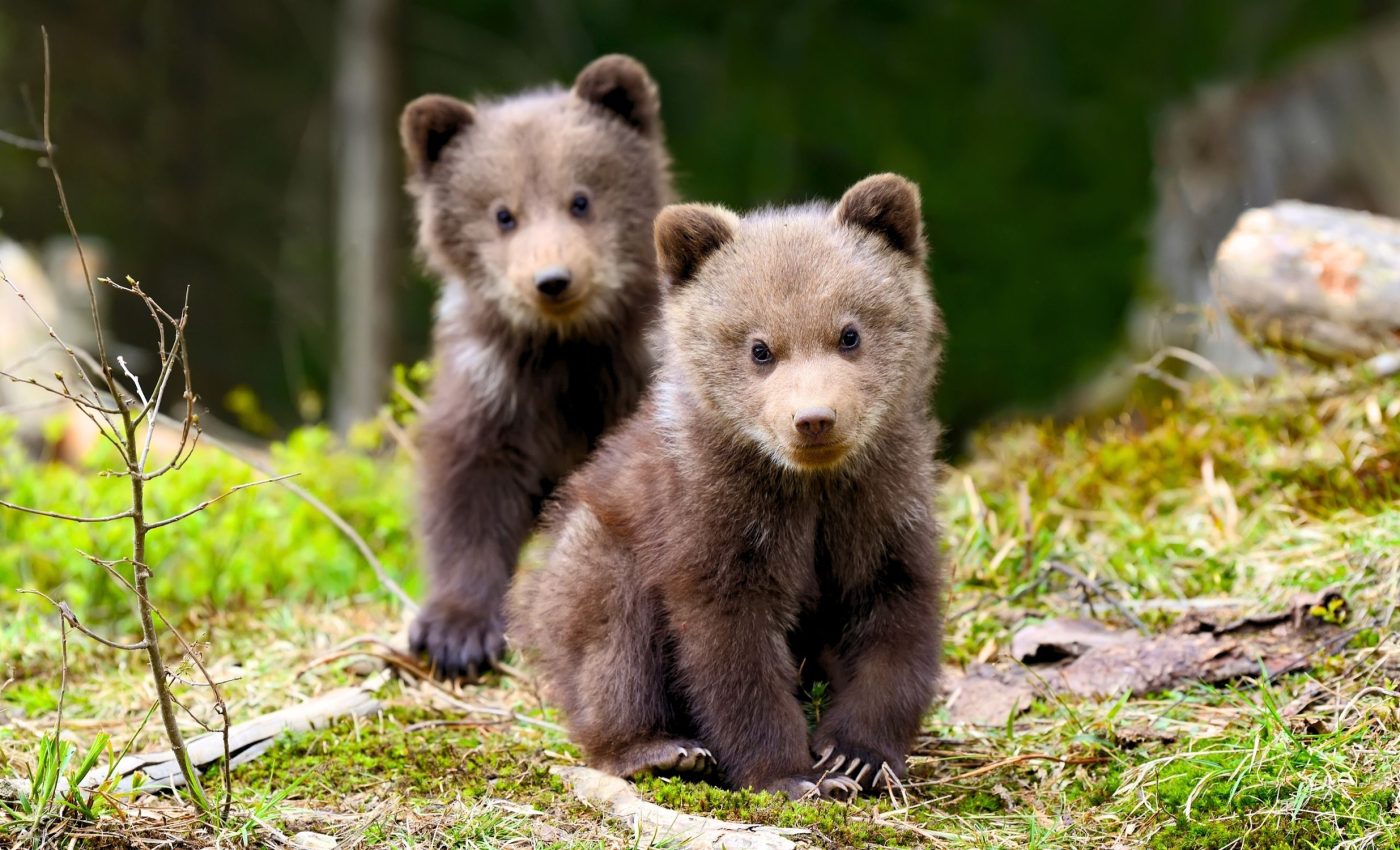
International Day for Biological Diversity 2025: Bonding with nature
Somewhere, right now, a bee pollinates a flower. A bird builds a nest from twigs. A fungus helps a tree breathe. Most of us don’t notice these moments – but life depends on them. That’s why the International Day for Biological Diversity was established.
Each year, May 22 reminds us of something deep and often forgotten. We are not separate from nature. We are part of it. Cities may rise, and technologies may evolve, but the soil beneath our feet and the forests in the distance sustain all life.
The International Day for Biological Diversity is more than a date. It’s a wake-up call. The campaign urges us to protect the rich web of life on Earth – before it unravels.
This year’s theme, “Harmony with nature and sustainable development,” captures the need for balance. It’s about shifting from dominance to coexistence. As we race toward growth and innovation, we must also pause and ask – what are we leaving behind?
What biological diversity really means
Biodiversity means variety – not just of animals, but of plants, microorganisms, and entire ecosystems. It covers coral reefs, mountain ranges, lakes, deserts, grasslands, and even urban green spaces.
Biodiversity also includes the genetic differences between species – like the many kinds of rice we eat or the thousands of breeds of livestock around the world.
Every part of biodiversity plays a role. Forests purify air. Wetlands filter water. Bees pollinate crops. Microorganisms maintain soil fertility. These functions keep our planet alive.
Losing biodiversity isn’t just about losing animals. It’s about weakening the entire system we depend on every day.
Biological diversity supports life
We often forget how much our lives depend on biodiversity. Over 80% of the human diet comes from plants. Fish provide protein for about 3 billion people.
Plant-based medicines are still the first line of healthcare for 80% of people in rural areas of developing countries.
Biodiversity also influences weather patterns, regulates disease, and supports mental well-being. Time spent in biodiverse environments – forests, gardens, mountains – reduces stress and improves health.
The natural world is not a luxury. It is the foundation of everything we know.
The damage we have done
Despite its importance, biodiversity is under severe threat. Human actions have changed three-quarters of land-based environments. Two-thirds of marine environments are also affected. One million animal and plant species are now at risk of extinction.
Pollution, deforestation, overfishing, habitat destruction, and climate change are driving this crisis. Many species are vanishing before we even discover them.
We lose potential medicines, crop varieties, and ecosystem functions every time a species disappears. This is not just a nature problem. It’s a human survival problem.
Protecting biological diversity
In December 2022, countries around the world agreed on a new plan – the Kunming-Montreal Global Biodiversity Framework.
This plan sets 23 targets for 2030 and five overarching goals for 2050. Among them: restore 20% of degraded ecosystems and cut the spread of invasive species by 50%.
The framework connects biodiversity with the Sustainable Development Goals (SDGs). For example, preserving forests helps fight poverty, ensures clean water, and mitigates climate change. Healthy ecosystems are essential to reaching nearly every SDG.
The message is clear: biodiversity and development must progress together.
Time is running out
The urgency is real. We have less than five years until 2030 targets become unreachable. Delaying action could push us past ecological tipping points. The damage will be irreversible. Species don’t come back. Forests don’t regrow overnight. Oceans don’t heal in a year.
Education, innovation, and collaboration are vital. Governments must invest in conservation. Businesses must reduce waste and rethink supply chains.
Communities must protect local biodiversity. Individuals must reconsider consumption habits. Every decision – big or small – carries weight in this global effort.
Domino effect of biodiversity loss
Biodiversity loss triggers a chain reaction. When insects vanish, pollination falters. Without pollination, crops fail. Without crops, food security crumbles. That’s how delicate the balance is. One missing piece causes others to fall.
This phenomenon affects climate systems, migration patterns, disease outbreaks, and even global economics.
For instance, as habitats shrink, animals move closer to human settlements. This increases the risk of zoonotic diseases – like COVID-19. Maintaining biodiversity isn’t just an environmental goal. It’s a health safeguard.
Raising awareness about biodiversity
Living in harmony with nature means respecting limits. It means learning from ecosystems, not conquering them. Indigenous communities worldwide have practiced this for centuries. Their wisdom is now more relevant than ever.
Urban areas can embrace biodiversity too. Green rooftops, urban forests, and restored wetlands show how modern development can align with nature.
Schools can teach biodiversity from early years. Films, books, and games can spread awareness.
Celebrate with purpose
The International Day for Biological Diversity is not just symbolic. It’s a chance to learn, share, and commit. The UN offers free online biodiversity courses through the Learning for Nature platform.
The courses teach skills like green entrepreneurship, conservation storytelling, and data use in policy-making.
Across social media, artists and creators share biodiversity-themed content. Local organizations hold cleanups and workshops. Every conversation sparked today can ripple into real change tomorrow.
Protecting what protects us
We stand at a crossroads. One path leads to more loss, more imbalance, and more suffering. The other offers hope, health, and harmony. The choice is ours.
This International Day for Biological Diversity, let’s remember that the Earth doesn’t need saving from us – it needs saving with us. When we protect biodiversity, we protect ourselves.
—–
Like what you read? Subscribe to our newsletter for engaging articles, exclusive content, and the latest updates.
Check us out on EarthSnap, a free app brought to you by Eric Ralls and Earth.com.
—–













